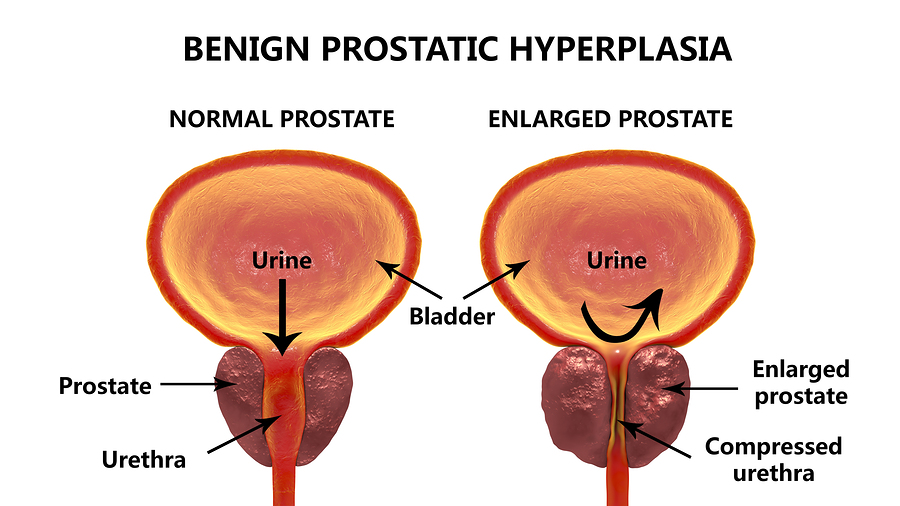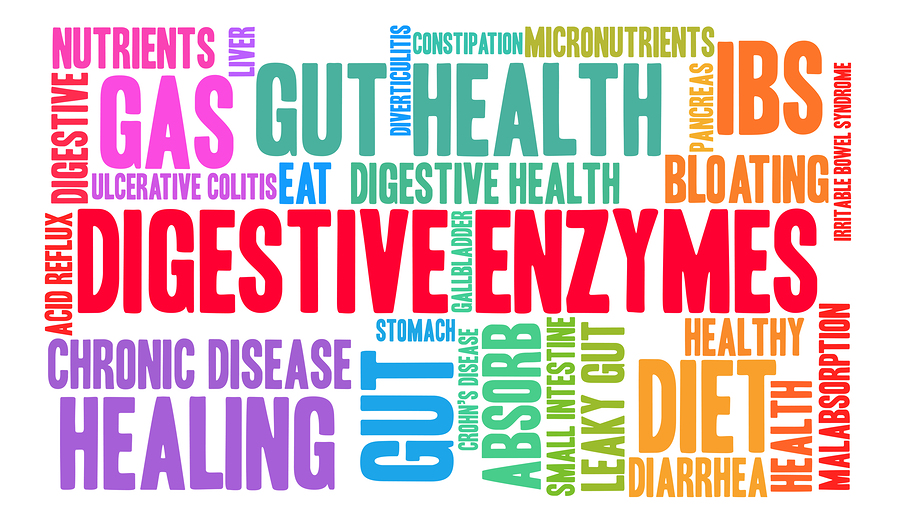If hydrolyzed collagen improves joint and skin health, then everyone over the age of 45 needs to know about this.
Why?
Because after the age of 45 our body’s ability to replenish collagen declines by about 1.5% per year.
(If you would prefer to view this information in a video format, then please click on my YouTube video below:)
Collagen is the most prevalent protein in your body. It provides structural support and strength to many tissues, especially your skin and joints.
As you age you see and feel the effects of collagen not properly being replenished.
Skin loses its strength and elasticity resulting in wrinkles, fine lines, and sagging skin.
Joints become stiff and painful.
Scientists have broken this collagen down into three main groups: Read More →









 you. Unfortunately most people don’t understand the following:
you. Unfortunately most people don’t understand the following: